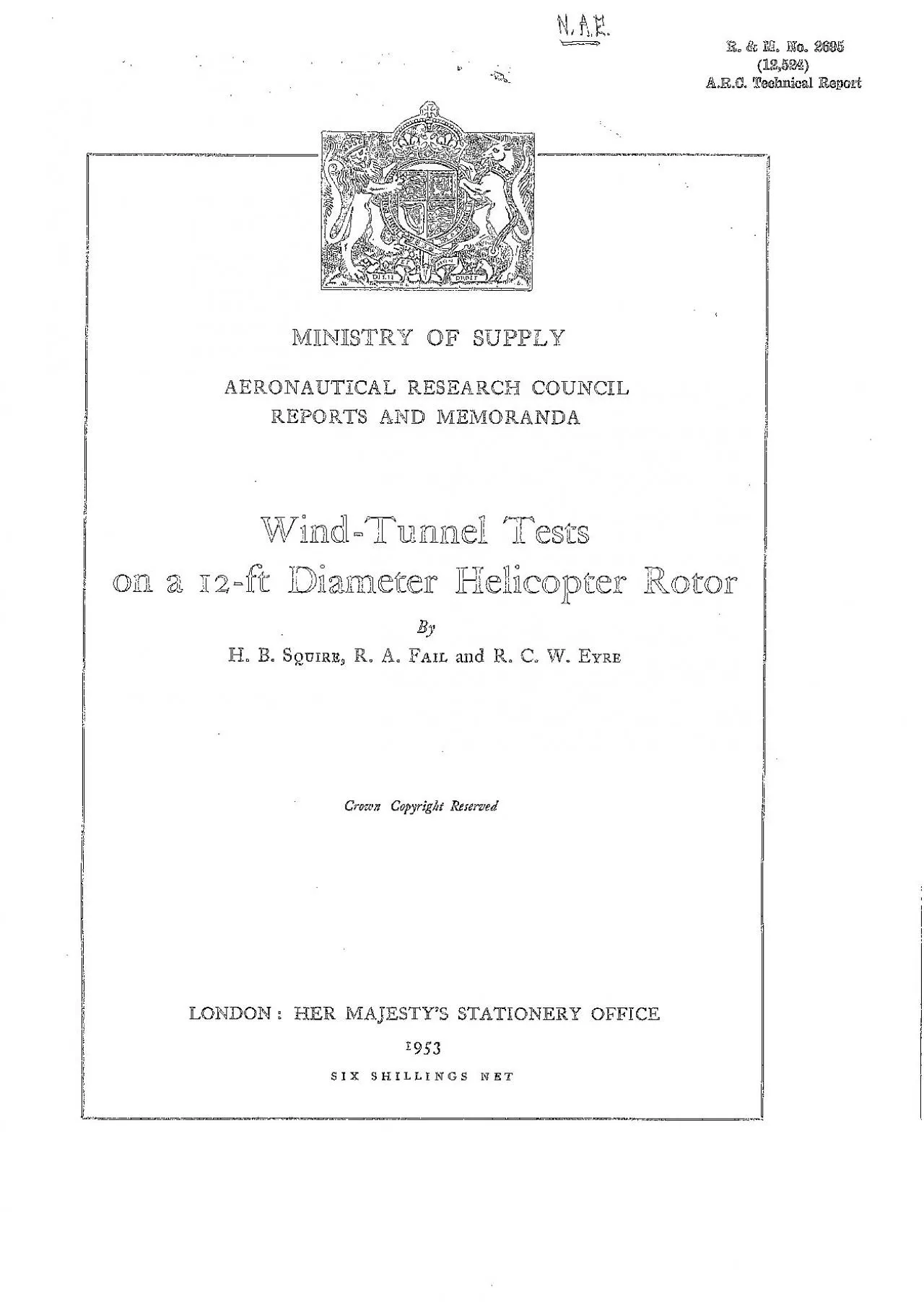PDF-Technicgl Eeoz
Author : bency | Published Date : 2021-08-24
2 OF SUPPLY RESEARCH COUNCIL REPORTS AND MEMORANDA on s s Dsmeter ecopte B SouIRG Ro A FAIL and Ro Co W EYRE Copyrigt Reserved HER MAJESTYS STATIONERY OFFICE SHILLINGS
Presentation Embed Code
Download Presentation
Download Presentation The PPT/PDF document "Technicgl Eeoz" is the property of its rightful owner. Permission is granted to download and print the materials on this website for personal, non-commercial use only, and to display it on your personal computer provided you do not modify the materials and that you retain all copyright notices contained in the materials. By downloading content from our website, you accept the terms of this agreement.
Technicgl Eeoz: Transcript
Download Rules Of Document
"Technicgl Eeoz"The content belongs to its owner. You may download and print it for personal use, without modification, and keep all copyright notices. By downloading, you agree to these terms.
Related Documents

